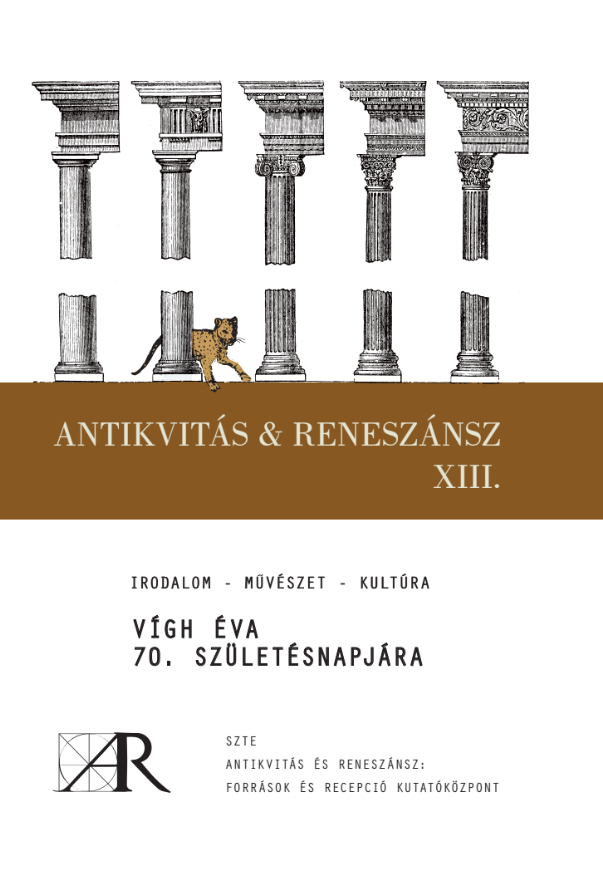The Bird of Wisdom and Night
Main Article Content
Abstract
The theme of this paper is the owl, the main animal symbol of wisdom. This bird is associated with meanings that have been handed down in European culture since antiquity and are explained in the Owl article in the Encyclopedia of Animal Symbols. The basic characteristic of European traditional symbols is that they vary the meanings recorded in the texts and images of ancient and Judeo-Christian cultures and add new and new formulations. As the article shows, the predatory owl species, which is nocturnal, can have both positive and negative connotations. It can be an attribute of Pallas Athena/Minerva, an animal symbol of wisdom and science, or a foreboding, terrifying symbol of night and darkness. All this is supported and illustrated by a series of literary works, emblem books, treatises, miniatures, graphics, and paintings. In my paper, as a further reflection, I will illustrate the traditional meanings presented in the Encyclopedia of Animal Symbols with new examples, and then I will highlight some works of 20th-century Hungarian poetry in search of an answer to the question of whether new content elements appear in these works beyond the traditional meanings of the owl.
